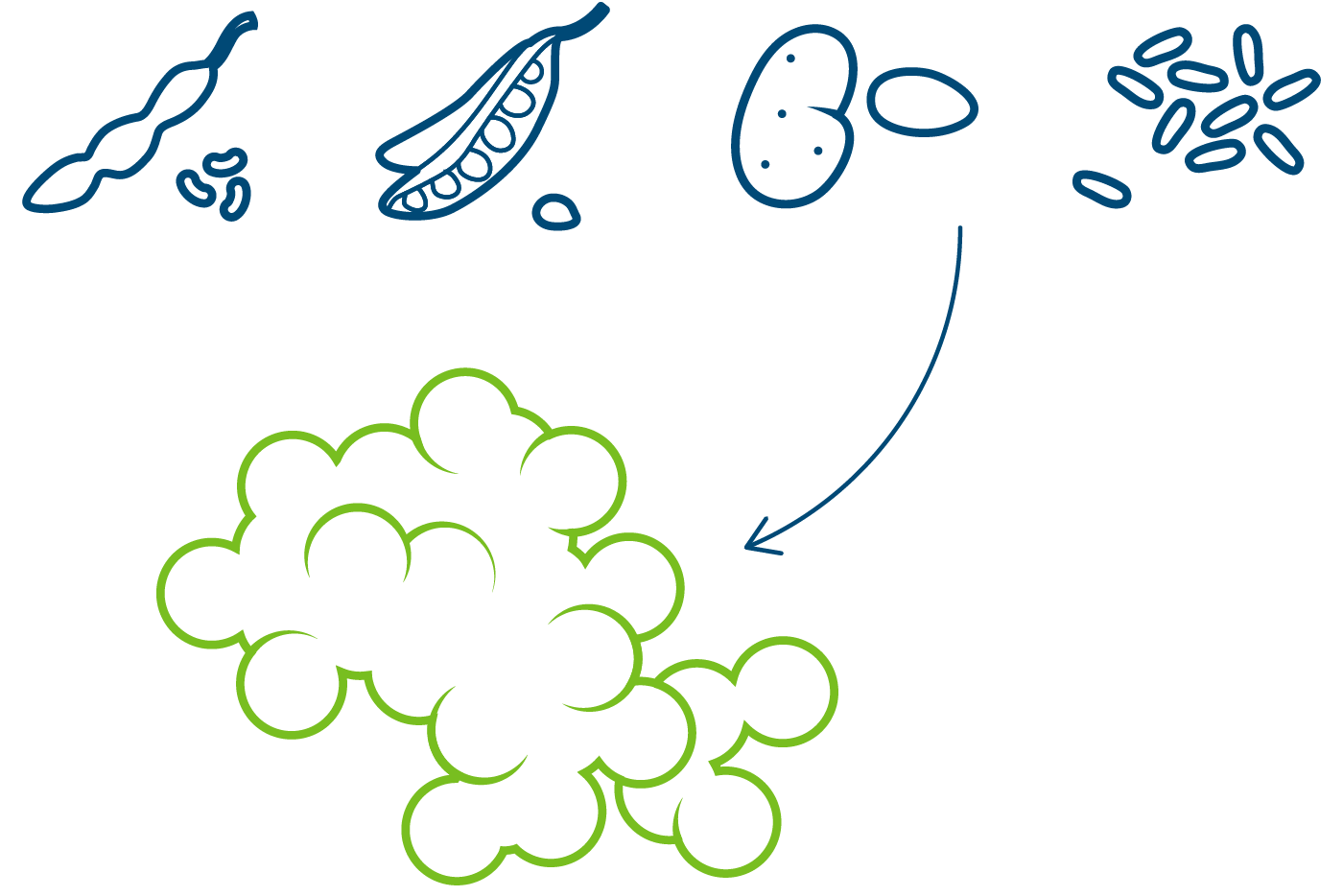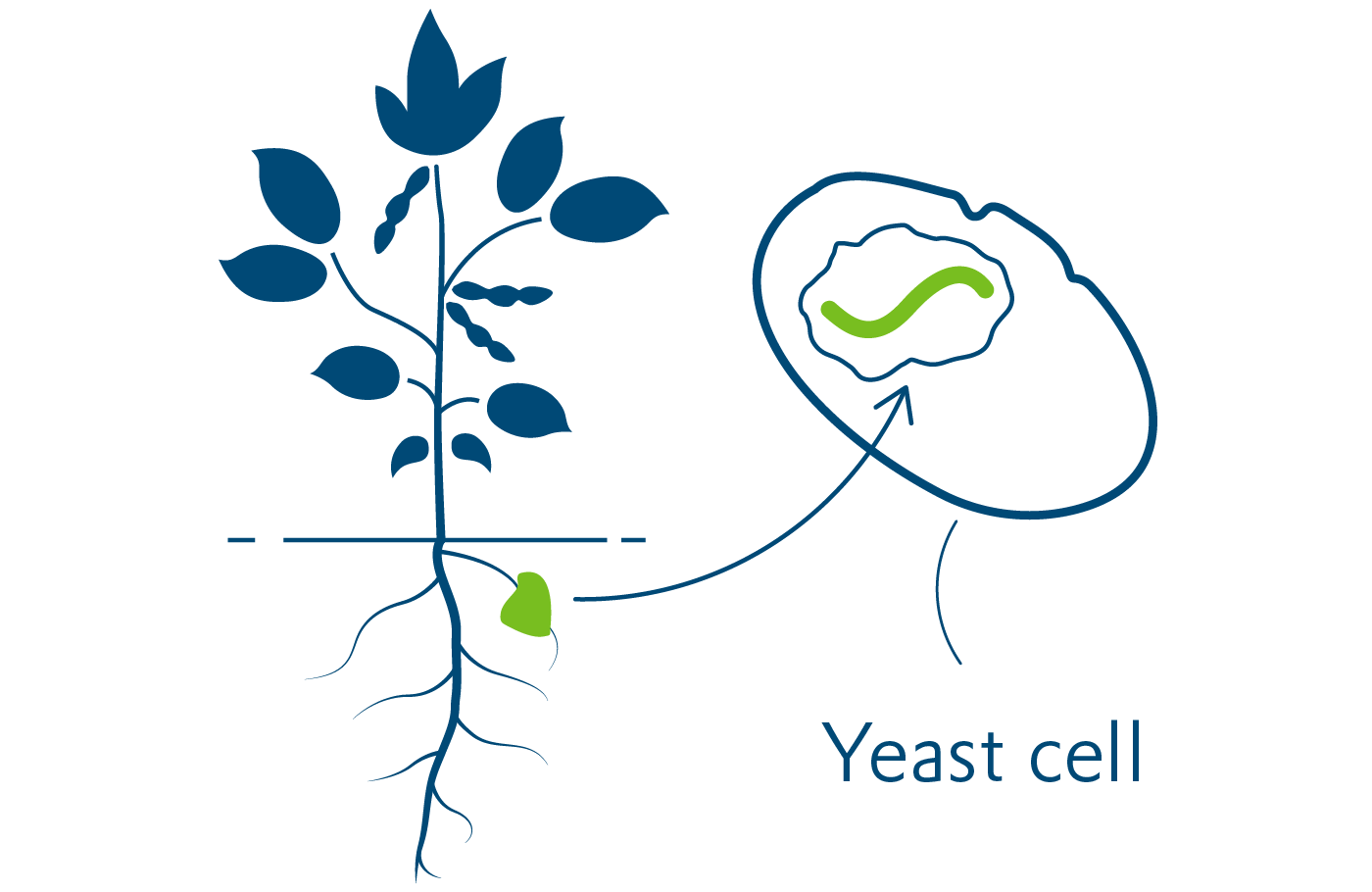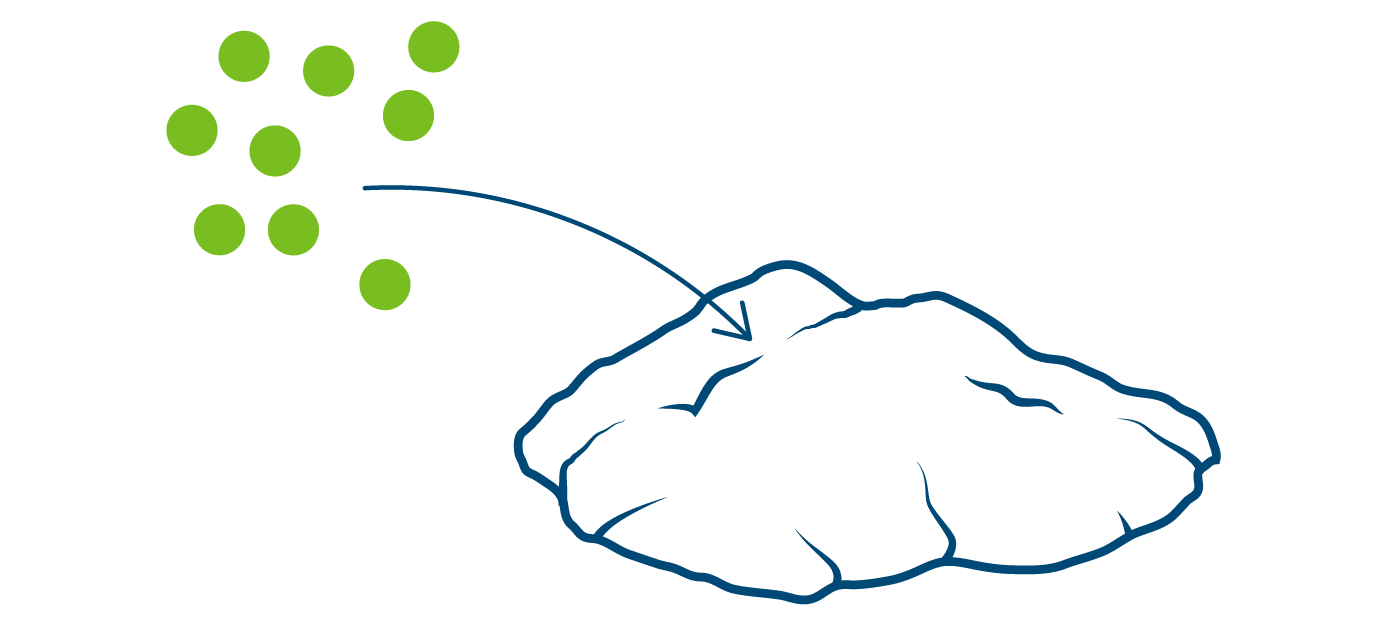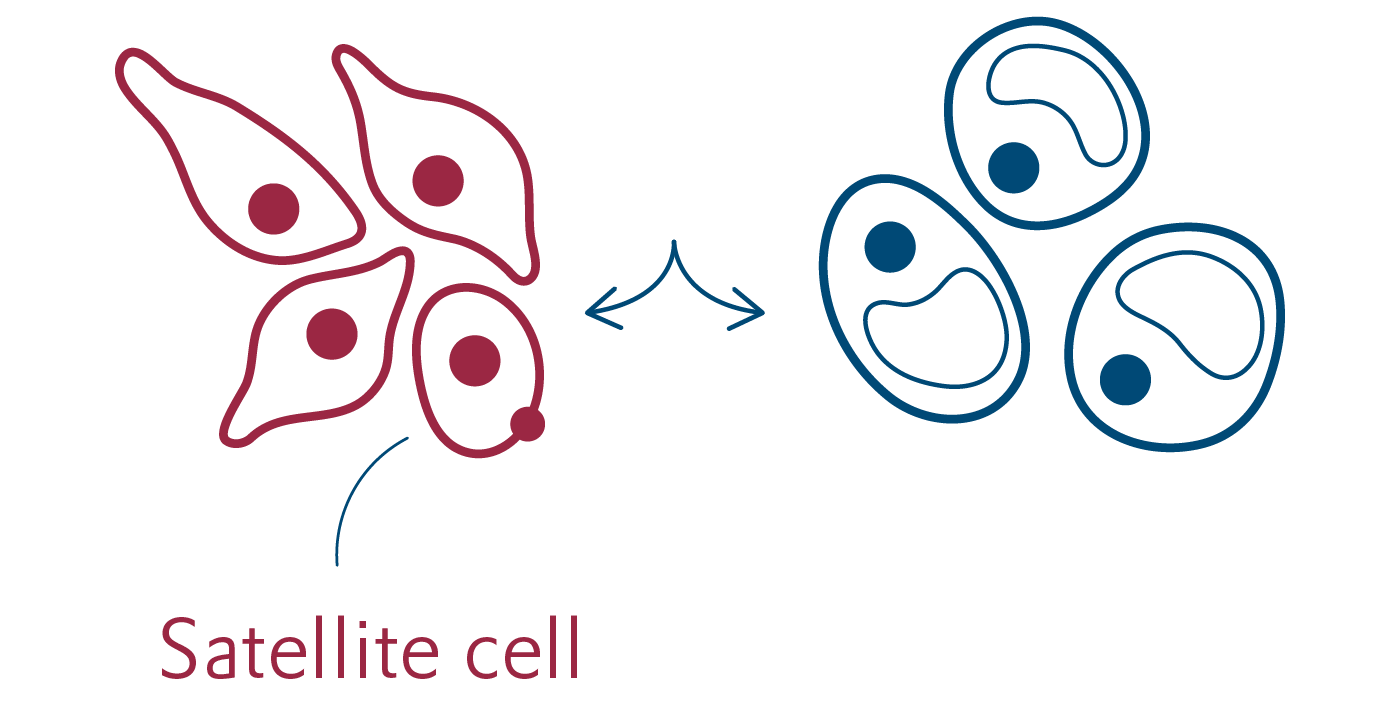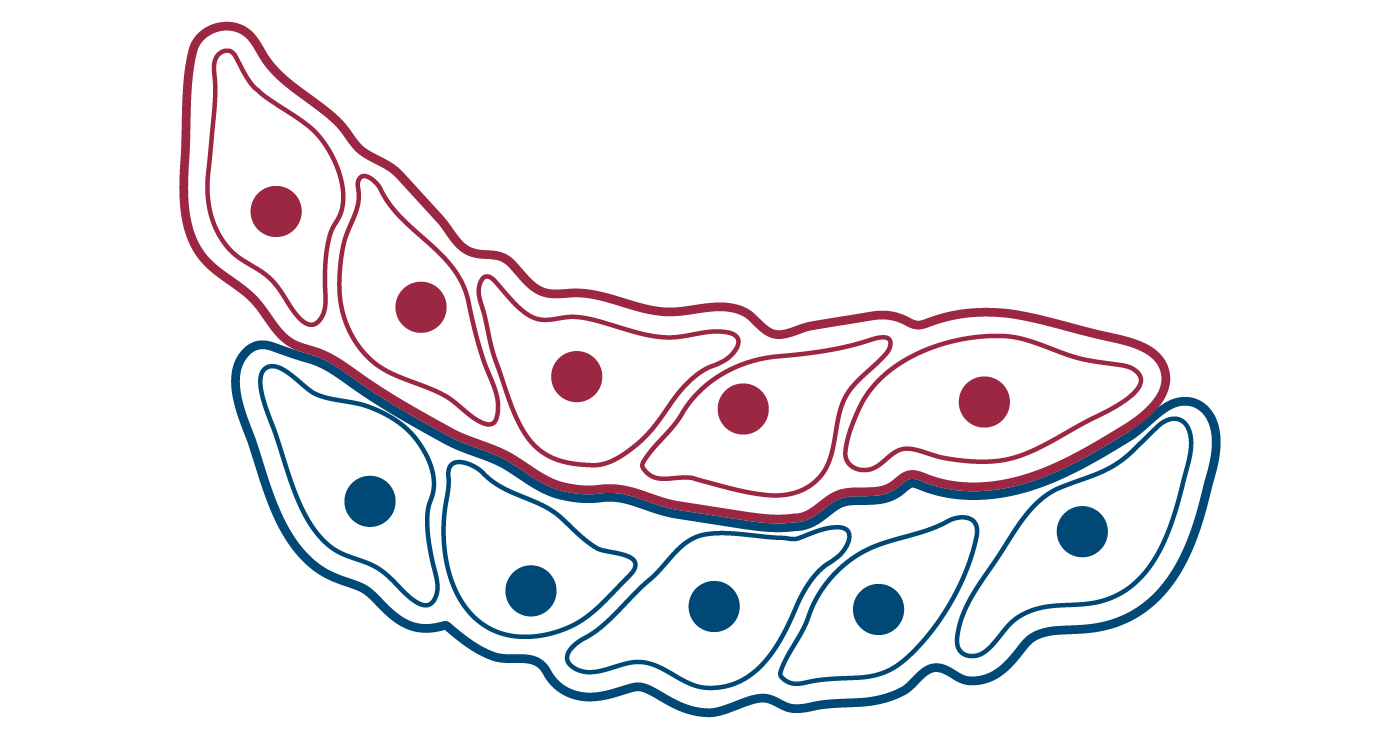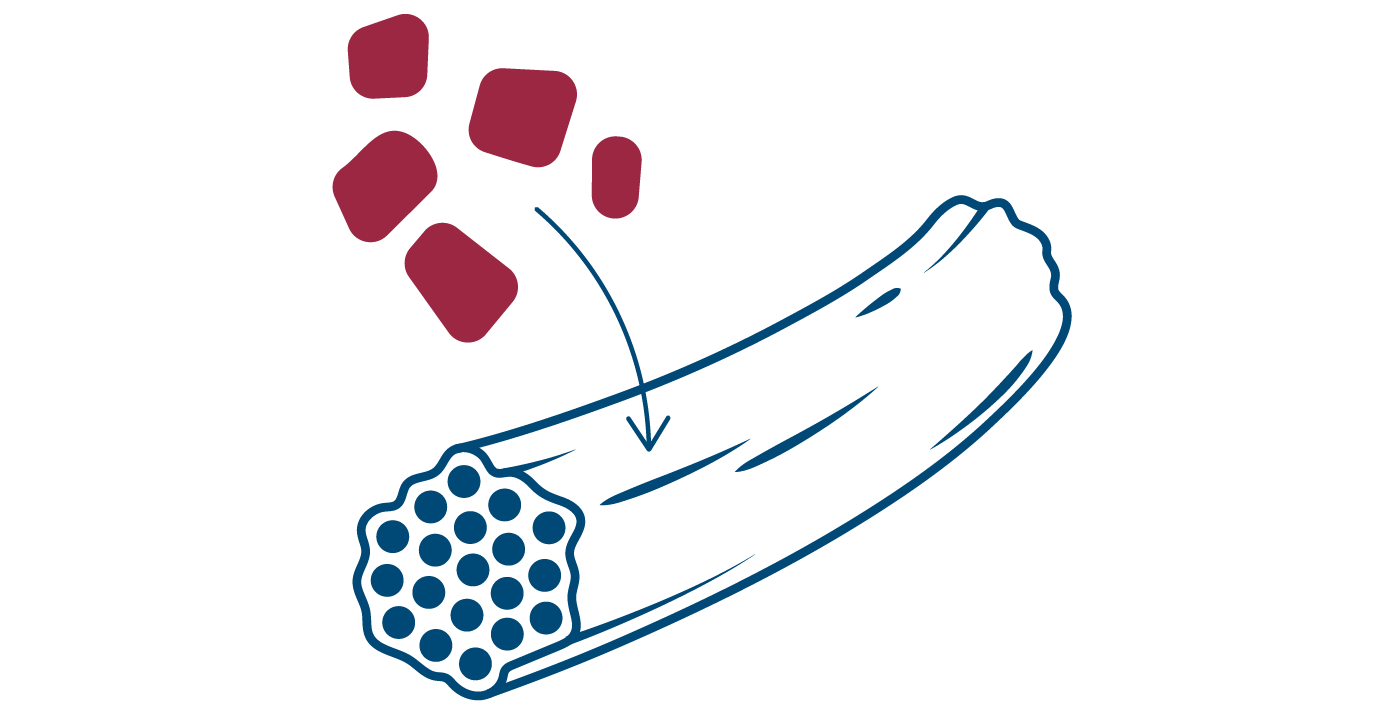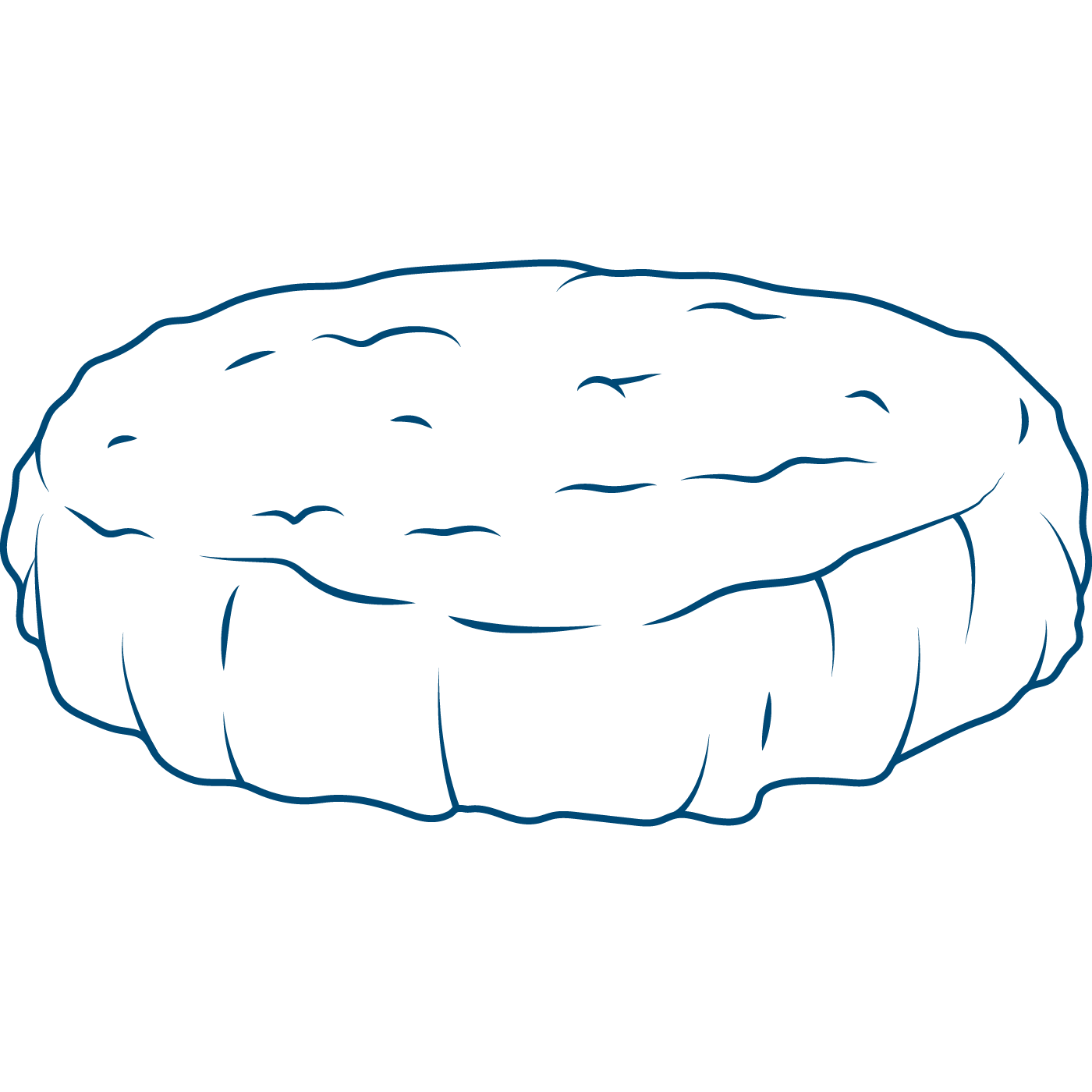
Nutrition
A Plentiful and Sustainable Diet
Nearly ten billion people will be living on the planet in 2050—but what will all these people eat?

Omega-3 fatty acids
Small Algae, Big Effect
Many people do not consume enough omega-3 fatty acids. What can help? Microalgae from the ocean.

Additives
Good inside and out
A lot of food is thrown away or lost. Coatings and additives in plastic packaging are helping to reduce food waste.

Dossier
Food for Future
Smart technologies, digitalization, and customization: How the world’s growing population can have healthy and sustainable nutrition?

